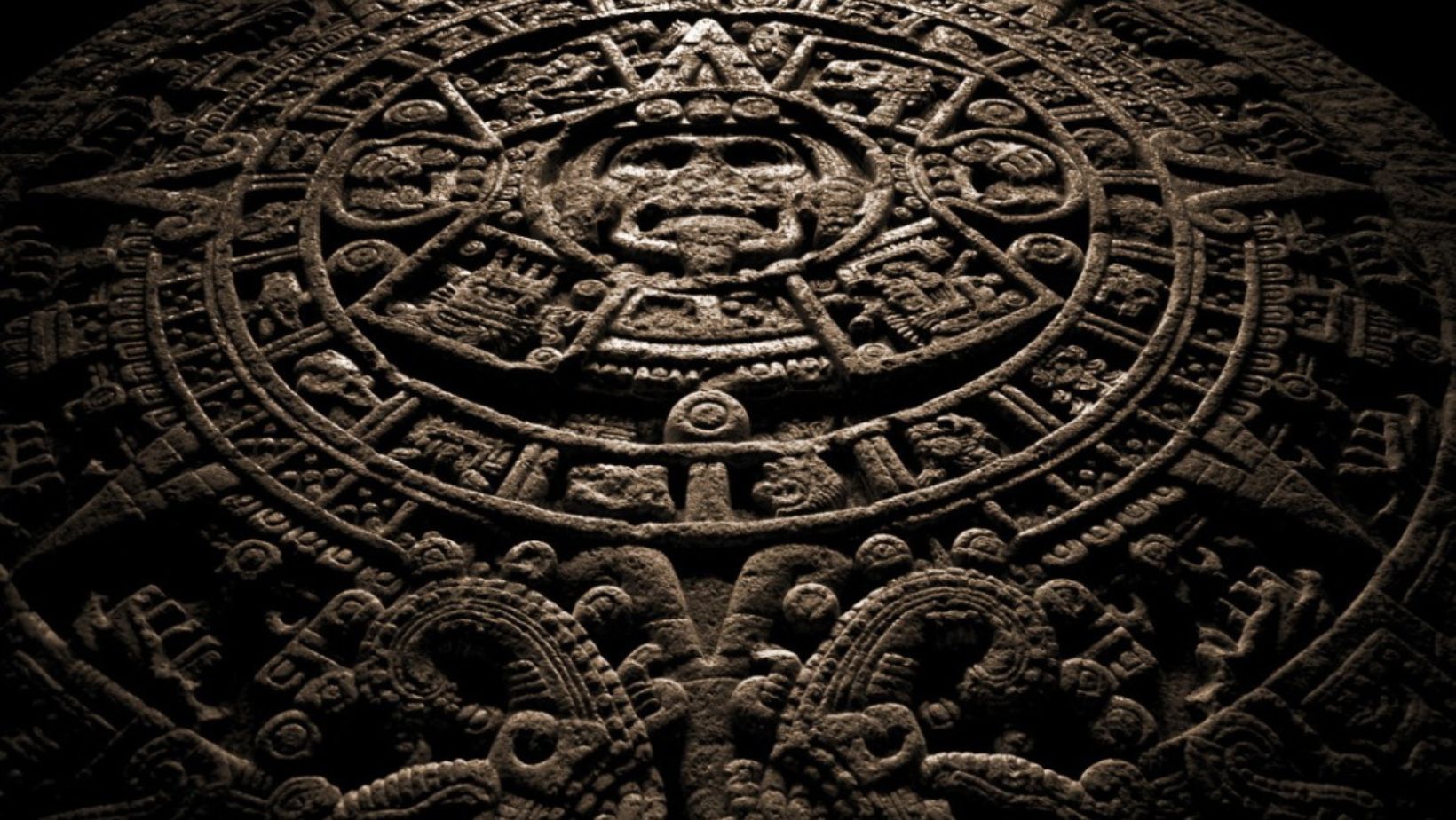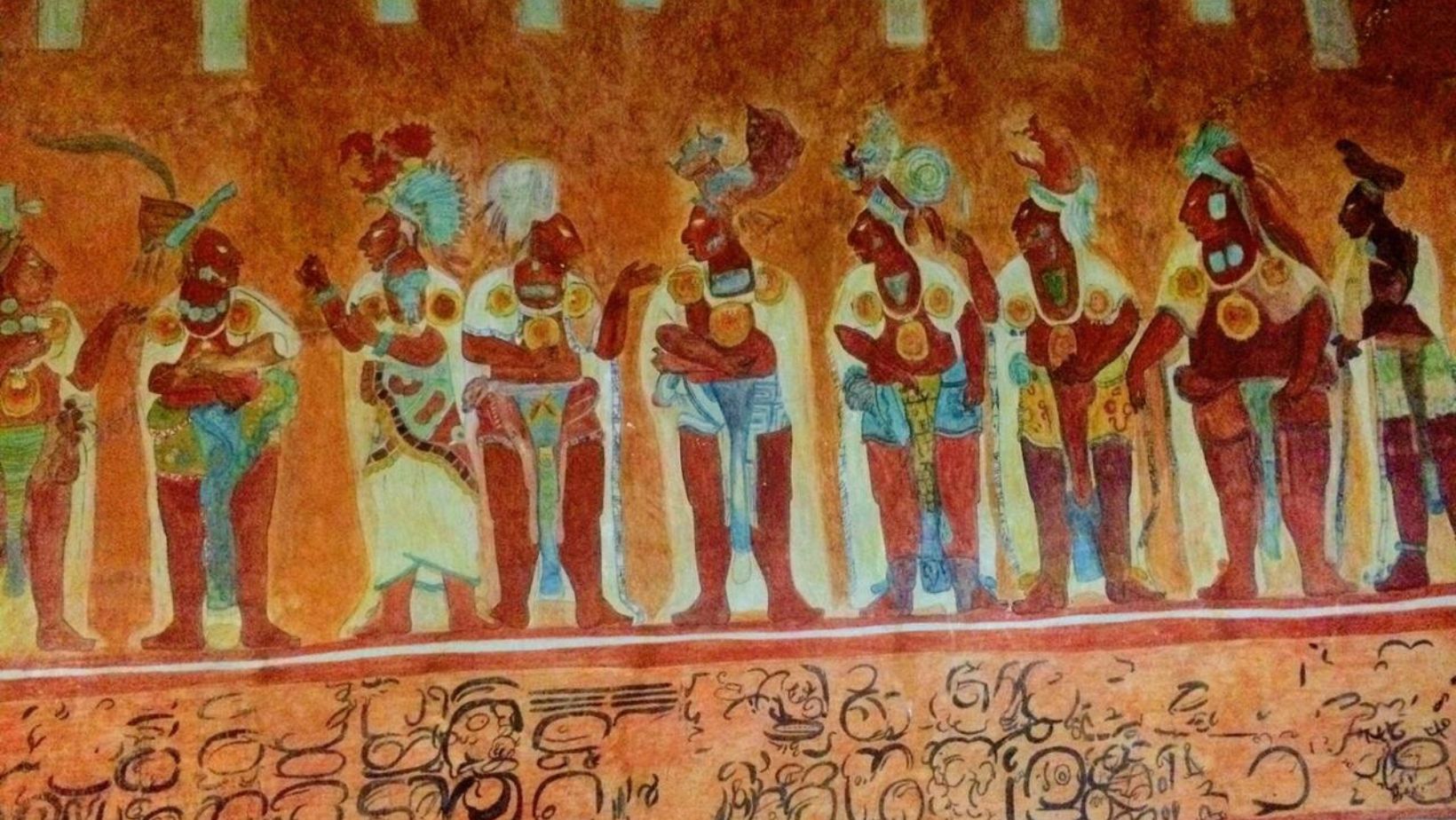The Maya civilization, renowned for its profound mathematics, astronomy, and architecture achievements, also boasts a rich and vibrant artistic heritage. From intricate carvings and colorful murals to elaborate textiles and monumental sculptures, Maya art is a testament to this ancient society’s creativity and cultural depth. But what makes Maya artistic expression genuinely unique? This blog will take you on a journey through the distinctive elements of Maya art, exploring its symbolism, techniques, and enduring legacy. Whether you’re a history enthusiast or a curious learner, prepare to uncover the hidden stories and artistic marvels of the Maya world.
Historical Context of Maya Artistic Expression
Maya Artistic Expression evolved over several centuries, reflecting the changes and developments in Maya society. The civilization’s artistic traditions span from the Preclassic period (c. 2000 BCE – 250 CE) to the Postclassic period (c. 950 – 1500 CE). During the Preclassic period, Maya art focused on pottery and simple carvings, while the Classic period (c. 250 – 900 CE) saw a flourishing of monumental sculpture and intricate stelae.
The Postclassic period witnessed shifts in style and technique, with more emphasis on murals and smaller, portable art forms. Each era brought new influences and innovations, contributing to the rich tapestry of Maya artistic expression. Understanding these historical phases helps us appreciate the evolution of their artistic achievements and the cultural values embedded in their works.
Iconography and Symbolism in Maya Art

Maya Artistic Expression is rich with symbolism, reflecting the civilization’s complex religious and mythological beliefs. Common themes include deities, mythological creatures, and cosmological elements. For instance, the jaguar often symbolizes power and the underworld, while the feathered serpent, Quetzalcoatl, represents the sky and creation.
Art frequently depicts scenes from Maya mythology and royal ceremonies, offering insights into their cosmology and societal values. Glyphs and symbols convey stories and divine messages, with each symbol having a specific meaning. Understanding these symbols provides a deeper appreciation of the Maya worldview and artistic expression.
Maya Sculpture and Carvings: Maya Artistic Expression
Maya sculpture and carvings are integral to understanding Maya Artistic Expression and culture. These works often depict rulers, deities, and significant events. Key forms include stelae, which are tall, sculpted stone monuments, and altars, which serve as ceremonial platforms.
Stelae usually feature detailed carvings of rulers in ceremonial attire, accompanied by hieroglyphic inscriptions. These inscriptions record historical events, royal lineages, and mythological narratives. Altars often include intricate carvings of gods and symbolic motifs used in rituals.
The Maya used various materials for these sculptures, including limestone, jade, and basalt. Carvings were meticulously crafted to convey political power and religious significance, making them essential for understanding Maya society and its artistic traditions.
Maya Pottery and Ceramics: Maya Artistic Expression
Pottery and ceramics are central to understanding daily life and artistic practices in ancient Maya society. Maya potters used a variety of techniques to create functional and decorative items, including bowls, vases, and figurines. The pottery was often adorned with intricate designs and motifs, such as geometric patterns, mythological scenes, and deities.
Functional pottery served practical purposes in both domestic and ceremonial contexts. For instance, storage jars were used for grains, while decorated vessels were employed in rituals and feasts. The Maya Artistic Expression used different firing techniques to achieve various finishes, from plain to highly polished surfaces.
Ceramic artistry also included sculptural elements, such as effigy vessels shaped like animals or human figures. These pieces often held symbolic meanings and were used in rituals. Through their pottery, the Maya expressed their artistic creativity and cultural values, making it a vital aspect of their material culture.
Architecture as Artistic Expression
Maya architecture is a significant element of their artistic legacy, reflecting both their technological skills and cultural values. Maya cities were characterized by complex urban layouts featuring grand temples, pyramids, and palaces. Structures like the Temple of the Great Jaguar in Tikal and the Pyramid of Kukulcán in Chichen Itza are notable examples of their architectural prowess.
Architectural design often incorporated symbolic elements, such as stepped pyramids representing the sacred mountains. The alignment of buildings with astronomical events, such as solstices and equinoxes, showcases the Maya’s advanced understanding of astronomy. Carvings and reliefs on building facades often depicted mythological scenes and royal figures, merging art with function.
Maya urban planning also emphasized ceremonial spaces, including ball courts and plazas, which were central to public and religious life. This integration of art and architecture reflects the Maya’s belief in the interconnectedness of their cosmological and societal structures. Through their buildings, the Maya Artistic Expression created enduring symbols of their civilization’s complexity and grandeur.
The Role of Murals and Wall Paintings

Murals and wall paintings were vital components of Maya artistic expression, offering rich insights into their culture and beliefs. These artworks were often found in elite residential structures, such as palaces and burial chambers. They depicted a range of subjects, including historical events, mythology, and daily life.
Maya murals were created using natural pigments applied to plastered walls. Scenes frequently featured gods, rulers, and ceremonial practices, showcasing the importance of ritual and divine intervention in Maya society. The vibrant colors and detailed imagery provided not only aesthetic appeal but also communicated social and religious narratives.
Notable examples of Maya murals include those discovered at Bonampak and San Bartolo. These murals reveal the Maya’s sophisticated artistic techniques and their focus on documenting significant aspects of their world. The preservation and study of these murals continue to enhance our understanding of Maya civilization and its artistic heritage.
Maya Textiles and Weaving
Maya textiles and weaving were highly valued in ancient Maya society, reflecting both artistic skill and social status. Textiles were crafted using cotton and agave fibers, and the weaving process involved intricate techniques on backstrap looms. The Maya produced a wide range of textiles, including garments, sashes, and ceremonial cloths.
Patterns and designs in Maya textiles often held symbolic meanings, with motifs representing deities, cosmological symbols, and social status. Bright colors and complex patterns were used to convey messages and differentiate between social classes. Textile production was both a domestic and ceremonial activity, often involving elaborate rituals.
Textiles were also used in trade, making them an important economic commodity. The rich visual and symbolic aspects of Maya weaving provide insights into their cultural values and artistic traditions. Through their textiles, the Maya expressed their identity and maintained their cultural heritage.
The Influence of Maya Art on Contemporary Culture
Maya art continues to influence contemporary culture in various ways, from fashion to popular media. Modern designers often draw inspiration from Maya motifs and symbols, incorporating them into clothing, accessories, and art. This resurgence of interest reflects a growing appreciation for the aesthetic and historical significance of Maya artistic traditions.
In addition, Maya art features prominently in educational and cultural exhibitions worldwide. Museums showcase Maya artifacts and art, helping to preserve and share their rich heritage with global audiences. Films, literature, and digital media also explore Maya themes, further connecting ancient art with modern storytelling.
Contemporary artists and creators are increasingly engaging with Maya art forms, using traditional techniques to address modern themes. This ongoing dialogue between ancient and contemporary practices ensures that Maya artistic expressions remain vibrant and relevant. By bridging past and present, Maya art continues to inspire and captivate people across different cultures and eras.
The Preservation and Study of Maya Art: Maya Artistic Expression

The preservation and study of Maya art are crucial for understanding this ancient civilization and maintaining its cultural heritage. Many Maya artifacts are subject to environmental damage and looting, making conservation efforts essential. Archaeologists and conservators use advanced techniques to protect and restore these invaluable works, ensuring their longevity for future generations.
Museums and research institutions play a key role in preserving Maya art. They employ specialized methods to stabilize and preserve artifacts, while also conducting detailed research to enhance our understanding of their historical context. Collaborations with local communities and international experts further support these preservation efforts.
Ongoing studies and discoveries continue to shed light on Maya artistic practices and their cultural significance. Techniques such as imaging and analysis help uncover details about materials and methods used by the Maya. By combining scientific approaches with historical research, scholars work to fully appreciate and safeguard the rich artistic legacy of the Maya civilization.
Conclusion: Maya Artistic Expression
Maya artistic expression is a captivating reflection of the civilization’s rich cultural and religious life. From intricate carvings and vibrant murals to symbolic pottery and textiles, each art form reveals aspects of Maya society and beliefs. Understanding these artistic elements not only highlights their aesthetic achievements but also connects us with their historical legacy. The Maya’s enduring influence on contemporary culture underscores the timeless appeal and significance of their artistic traditions.
FAQs
What materials did the Maya use for their art?
The Maya used a variety of materials for their art, including limestone for carvings, clay for pottery, and natural dyes for textiles. They also utilized jade, basalt, and other stones for sculptures and ceremonial items.
How did Maya artists learn their craft?
Maya artists typically learned their craft through apprenticeship within their community. Techniques and styles were passed down through generations, with skilled artisans training younger members of their families or workshops.
What role did art play in Maya society?
Art played a crucial role in Maya society, serving both functional and ceremonial purposes. It was used to record historical events, celebrate deities, and convey social status, as well as to enhance daily life through decorated objects and ceremonial attire.
Are there any famous Maya artworks that have been lost or damaged?
Yes, many Maya artworks have been lost or damaged due to environmental factors, looting, and natural deterioration. Notable examples include some of the murals from Bonampak and artifacts from various Maya sites that have been vandalized or stolen.
How has studying Maya art contributed to our understanding of Maya civilization?
Studying Maya art has provided significant insights into Maya social structures, religious beliefs, and historical events. Artifacts and artworks reveal details about Maya daily life, political systems, and interactions with neighboring cultures, enhancing our overall understanding of their civilization.

